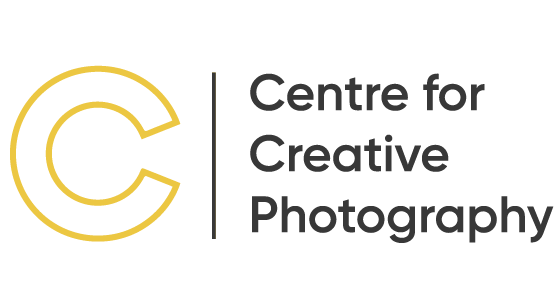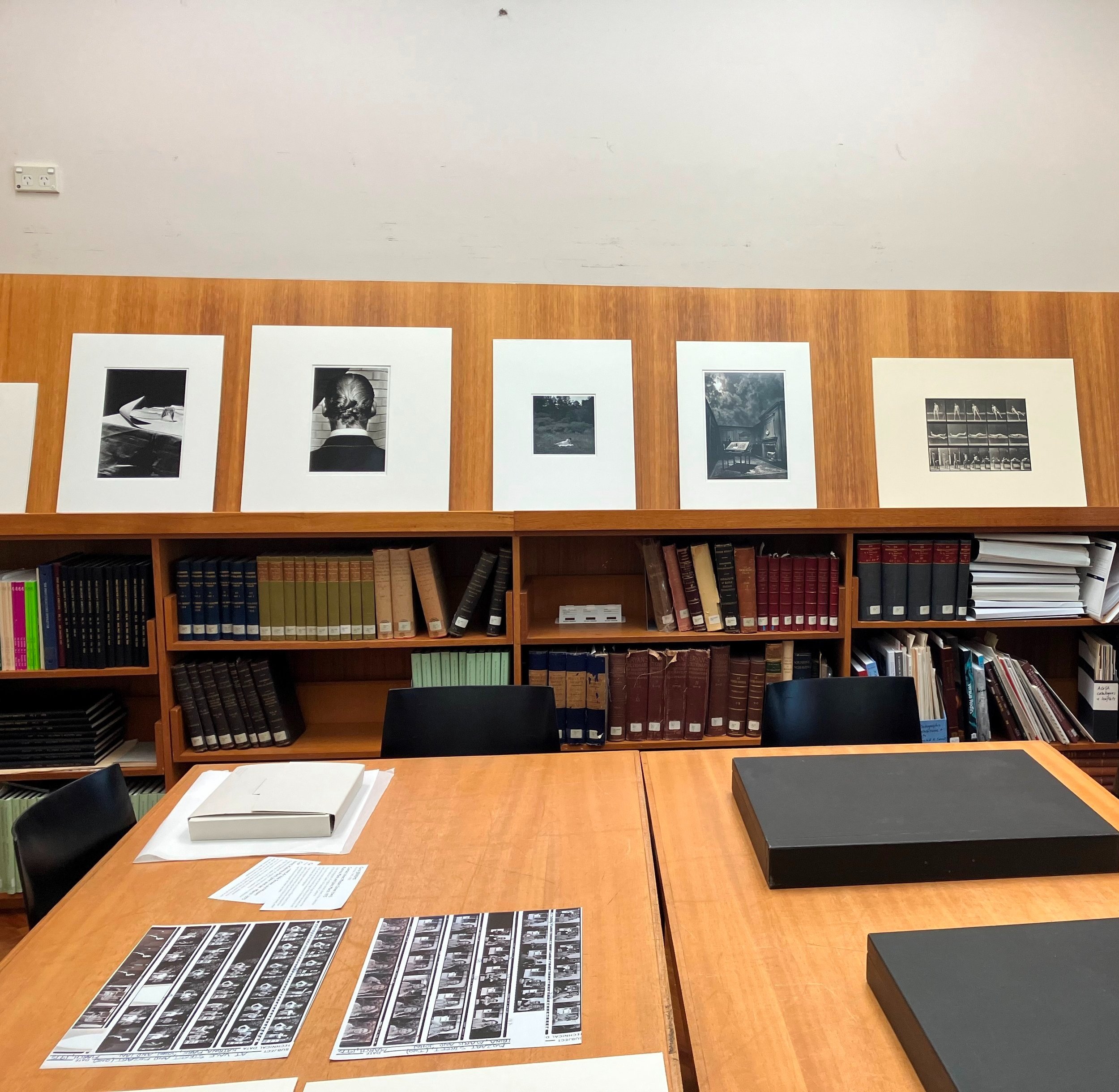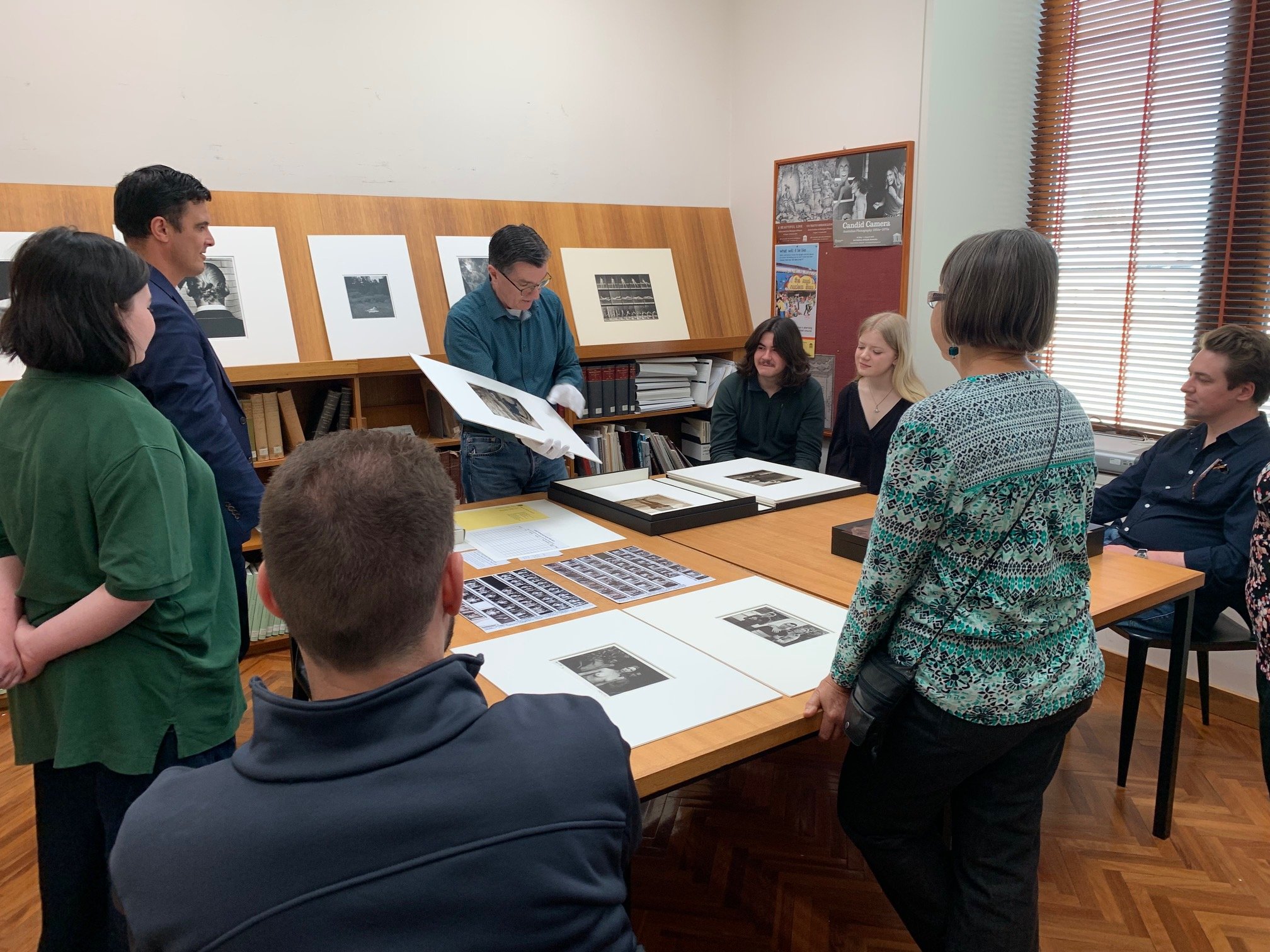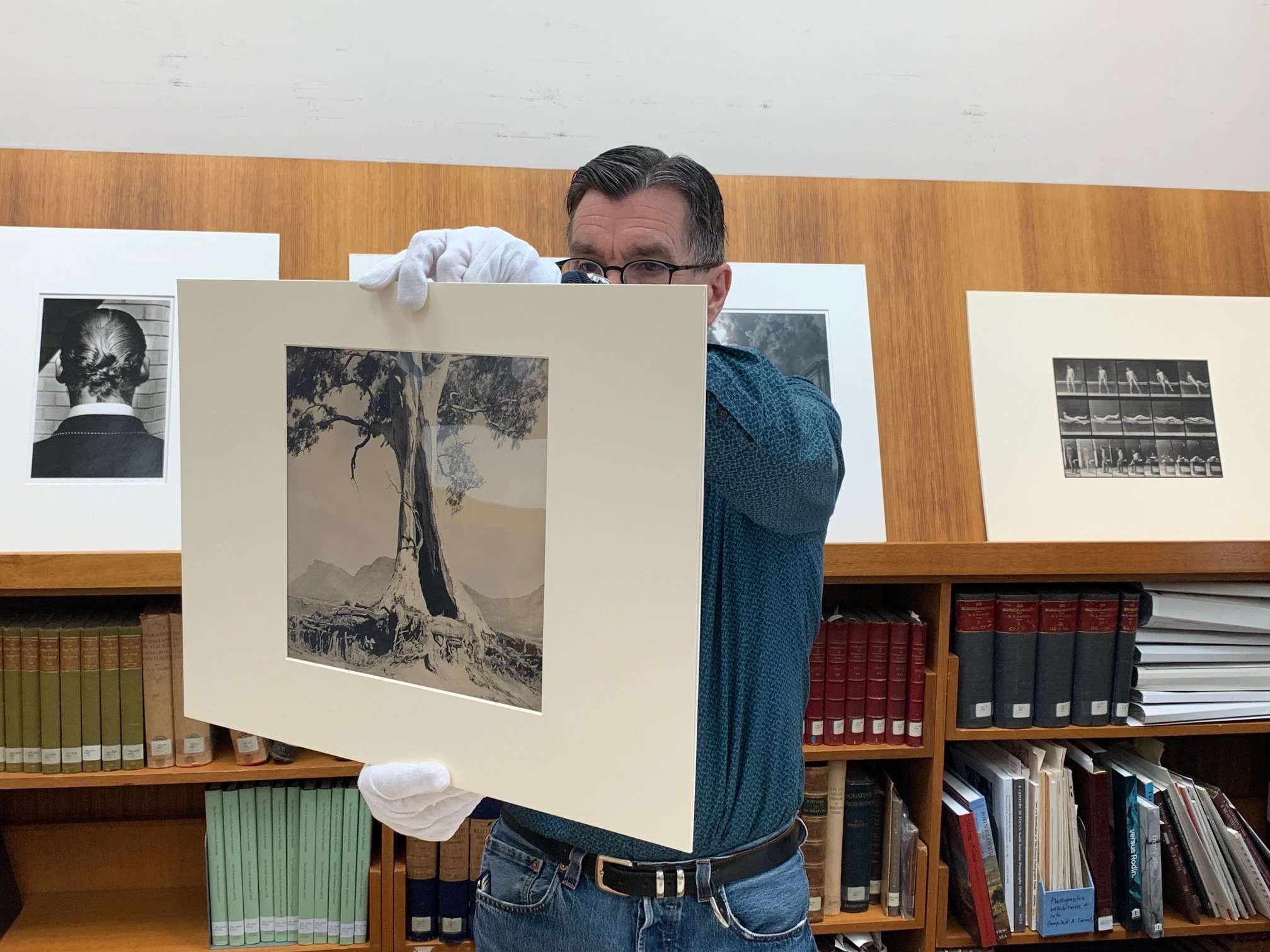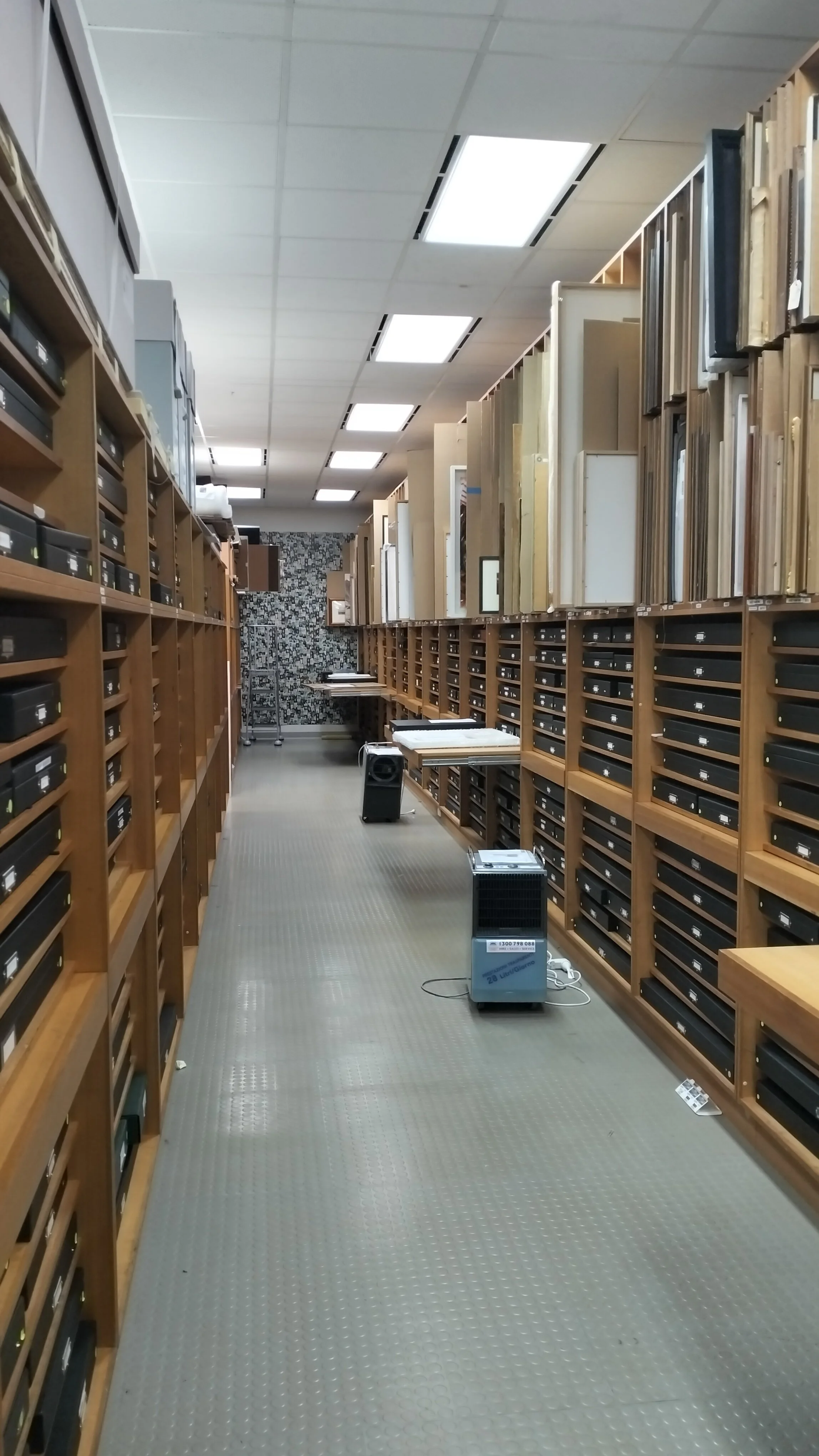A Visit to the Art Gallery of South Australia’s Photographic Collection
Last Wednesday a group of the Diploma-level students and some lecturers visited selected works from the photographic collection at the Art Gallery of South Australia (AGSA). It’s usually an annual excursion and it is always a great time to see aspects of the collection up close and personal. If you haven’t engaged with AGSA in this way, I’d highly recommend this very special experience.
You may not be aware the work in the Art Gallery is the artistic property of all South Australians; the curators are there to look after it for us and to allow such visits when the conversation can be had. I also need to clarify that this was not looking at images which are hanging in the galleries but an actual portfolio of images I chose from the collection, unframed and up close and personal!
Some of the images laid out for our viewing by the Assistant Curator of Prints, Drawings and Photographs Maria Zagala. In the
foreground are some images by Carol Jerrems who an artist studied by Camera 3 students
Over the years, I have made this trip with a number of groups of CCP students. As a result, Assistant Curator of Prints, Drawings and Photographs, Maria Zagala gives us pretty much a free reign while visiting. In the image to the left, with archival gloves, I am taking matted images from their Solander cases to show to the students.
These cases house various portfolios from individual artists and believe me there are a LOT of them available for us to select from as you will see.
I really enjoy the discussions with students as we go through the art work. These are selected after a discussion with the students before booking the space for the morning. Here I am holding up the well-known “Cazneaux Tree” from the Harold Cazneaux portfolio. It’s important to address each image and to field questions from everyone about details, processes and the artists. To the left of this print against the wall on display for us is an image by Ralph Gibson. Behind me to the right is an image by Edwaerd
Muybridge from his “Animal Locomotion” series shot around 1885. The best thing about this experience is that it really brings the collection to life for everyone and I am always excited for these visits. The (our) collection is immense with some 47,000 works which cannot all be exhibited given the breadth of art represented which again is another great reason to see specific images which may not otherwise be on permanent display. The curators at the AGSA usually can accommodate such visits about one morning per month.
The (our) collection is immense with some 47,000 works which cannot all be exhibited given the breadth of art represented which again is another great reason to see specific images which may not otherwise be on permanent display. The curators at the AGSA usually can accommodate such visits about one morning per month.
There has been of these excursions with CCP students since we opened in 1997. It is always a thrill for me to re-engage with the images sans frames; the layer of glass though necessary for the frame does detract from the actual image as everyone discovers when experiencing any photograph in this way. It’s a great discovery for everyone when they actually see the photographs, rather than look – I know it’s an interesting distinction, but engaging in each image in this way I liken much like seeing a photograph revealing itself in the developer in the darkroom for the very first time. Both experiences are a memory of a lifetime and need to be experienced at some stage in your relationship with photography.
Thomas Gloyn sampling the Rag Board – he seems unsure of my enthusiasm
Slight change of tack, but related…I wish to talk about Rag Board. This is the stuff which usually encapsulates the artworks when they are framed or matted such as with the Walker Evans image I’m holding here.
Why window mats you may be wondering? Believe me when I say there are mats and then there is Rag Board. Rag Board as opposed to Conserver mat is “a cotton-based Mat board that is placed under or over a drawing, painting, or photograph to serve as a frame or provide a border between the picture and the frame. Rag Boards are available in a variety of colours and surface finishes”, but the preference for all galleries is to stay with white as it is the most neutral to surround any artwork on paper. At five times the cost of Conservermat, it isn’t cheap but once you have experienced it, I can assure you it is like touching the best fabric you will ever encounter in your lifetime. As the AGSA, like all museums, use Rag Board exclusively, I always proffer a sample to my students on the day. It’s another sensation to add to this unique experience.
Rag Board may not initially seem that important, but when you discover the many elements that go into the making of art; its display, collection, conservation and storing, you realise there is so much that goes on behind the scenes just so we’re able to visit our public collections.
Stay with us at the CCP long enough and you too will have the opportunity to visit some of the photographs in the collection of the AGSA. It’s one of the many treats we extend to our community.
Gavin Blake CCP
All images courtesy of Greg Balcombe
except the Storage Room by Thomas Gloyn
